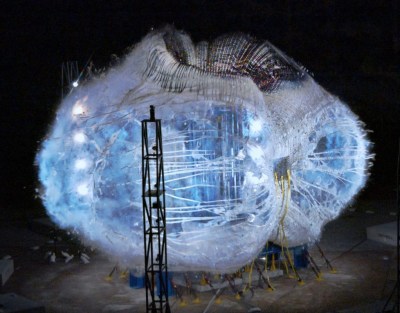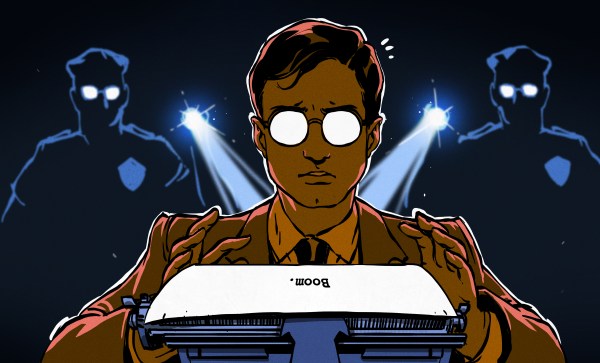Recently, a prototype inflatable space station module built by Sierra Space exploded violently on a test stand at NASA’s Marshall Space Flight Center in Alabama. Under normal circumstances, this would be a bad thing. But in this case, Sierra was looking forward to blowing up their handiwork. In fact, there was some disappointment when it failed to explode during a previous test run.

That’s because the team at Sierra was looking to find the ultimate bust pressure of their 8.2 meter (26.9 foot) diameter Large Integrated Flexible Environment (LIFE) module — a real-world demonstration of just how much air could be pumped into the expanding structure before it buckled. NASA recommended they shoot for just under 61 PSI, which would be four times the expected operational pressure for a crewed habitat module.
By the time the full-scale LIFE prototype ripped itself apart, it had an internal pressure of 77 PSI. The results so far seem extremely promising, but Sierra will need to repeat the test at least two more times to be sure their materials and construction techniques can withstand the rigors of spaceflight.
Sierra is a targeting no earlier than 2026 for an in-space test, but even if they nail the date (always a dubious prospect for cutting edge aerospace projects), they’ll still be about 20 years late to the party. Despite how futuristic the idea of inflatable space stations may seem, NASA first started experimenting with the concept of expandable habitat modules back in the 1990s, and there were practical examples being launched into orbit by the early 2000s.
Continue reading “The Past, Present, And Future Of Inflatable Space Habitats”


















